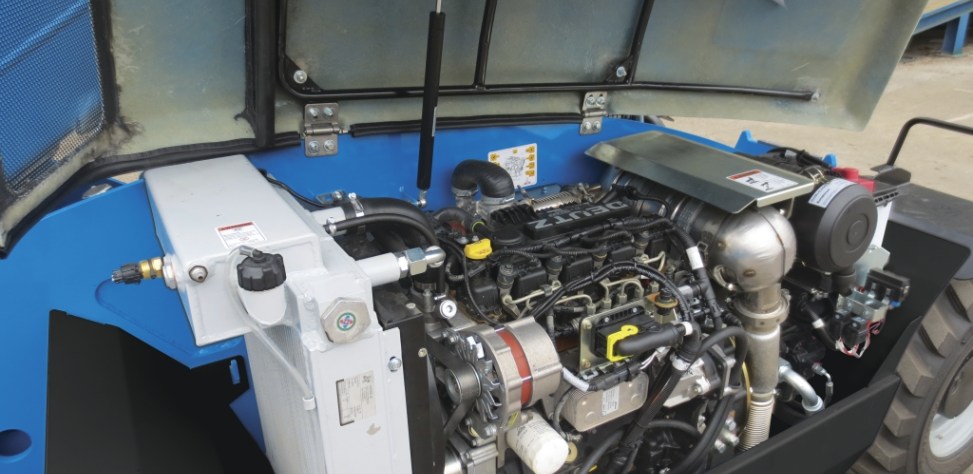Tier 4F Telehandler Refresh Process: What You Need to Know
by Josh Taylor - Product Manager On Oct 26, 2017, 03:00 AM
Subscribe To Aerial Pros
Filter by tags
The engines found in today’s newer telehandlers have evolved to reduce pollutants associated with off-road diesel engines. If you’ve recently purchased a new telehandler with a 75 hp or above Tier 4 Final (T4F) diesel engine, you likely have some questions about the SCR system and refresh process these new machines will occasionally have to perform.
What is a Tier 4 Regen?
The refresh process occurs when the machine’s engine control module (ECM) raises the engine temperature to burn off accumulated pollutants and/or built up urea crystallization. Engines with a diesel particulate filter (DPF) or with a selective catalytic reduction system (SCR) are usually able to perform the refresh process during normal operation — this is known as passive regen. However, from time-to-time, your telehandler will need to complete an active refresh cycle, which requires the machine to be parked during the process.
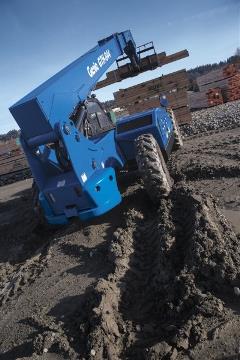 Most Genie®telehandlers have T4F engines that use a selective catalytic reduction (SCR) system, and under normal use, a standstill refresh will only need to be performed around every 1,000 hours so the machine can remove built up urea, the primary ingratiates found in diesel exhaust fluid (DEF).
Most Genie®telehandlers have T4F engines that use a selective catalytic reduction (SCR) system, and under normal use, a standstill refresh will only need to be performed around every 1,000 hours so the machine can remove built up urea, the primary ingratiates found in diesel exhaust fluid (DEF).
Outside of this typical 1,000-hour refresh, the only other time a standstill refresh may need to be performed is if the ECM detects urea crystallization by way of excessive backpressure in the system. The most common causes of crystallization are short-duty cycles when the engine’s temperature is high enough to dose DEF and then shut down repeatedly before dosing is applied. Extended periods of idling and poor DEF quality can also lead to crystallization.
The operator will be notified on the control panel when active regen process is required. If the refresh alert is ignored, the engine will cycle down to an idle to protect itself from being damaged.
How to perform a SCR refresh
When your telehandler indicates that a standstill refresh is needed, be sure it is parked on a firm, level ground. Lower and retract the mast. While the engine is warm, set the parking brake and put the transmission in neutral. After that, open the cover plate on the tank compartment and locate the SCR cleaning operation switch. Move the switch to the left to start the refresh process. From there the process will occur automatically, taking approximately 35 minutes. After it’s complete, you can return the machine to service.
A word of warning: Do not attempt to operate the machine while the refresh process is running. The machine will exit the refresh process, but it will continue to display the refresh warning light until a refresh is performed. Ignoring the refresh warning light can lead to a machine derate, which requires authorized engine technicians to perform service on the machine.
That’s all there is to it. You can read more about operating and maintaining your Tier 4 machines in the post: “Maintenance tips for your Tier 4 Final aerial work platforms."
Related Posts
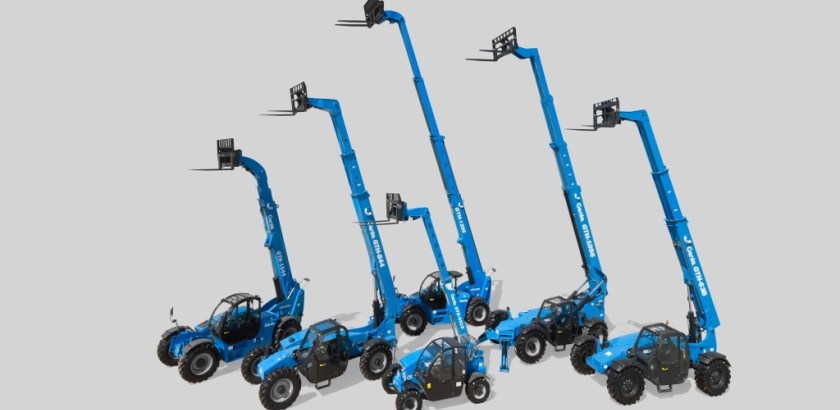
Evaluating Telehandler Sizes To Select the Right Machine for the Job
The telehandler’s ability to lift, move and place a range of materials and tools make it an indispensable machine for elevating efficiency and productivity on the job.
Continue Reading
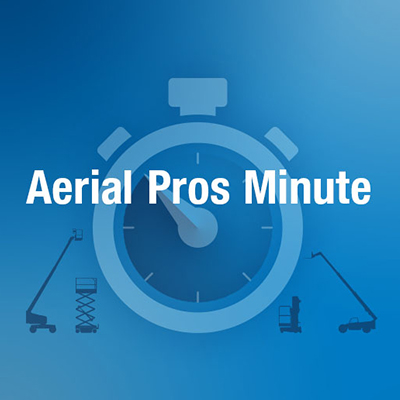
Aerial Pros Minute: Telehandler Lift Shackle
Learn more about Genie Telehandler lift shackles in this months Aerial Pros Minute
Continue Reading
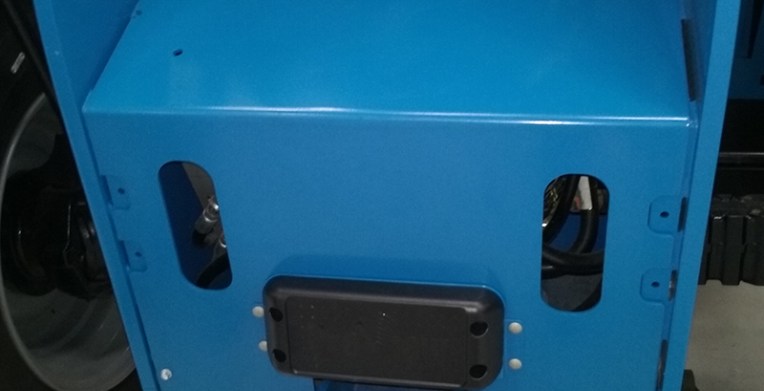
Benefits of Having a Rear Proximity Alarm on your Telehandler
Beep… beep… It’s a familiar sound on any construction site meant to warn others that a piece of construction equipment is backing up.
Continue Reading


